 DigiWomen.eu
DigiWomen.eu
Course Content
Topic outline
Lesson.1 - INTRODUCTION TO DIGITAL LITERACY
The aim of the lesson is for people to familiarize themselves with the new means behind digital communication in addition to the existing in-person communication forms.
Objectives
- To understand the tools and the logic behind the “digital technology”.
- To understand the benefits of the usage of digital technology in daily life.
Learning outcomes
- The participants will feel confident to communicate about the new digital technologies and tools.
- The participants will better understand the added value that digital technology and online communication bring the people.
- The participants will learn how to identify resources in the online world based on their needs for advanced learning for specific fields of interest.
Content
Lesson.2 - ORIENTATION IN THE WEB SPACE
The aim of the lesson is for people to familiarize themselves with the web space as a global digital library and find out how to navigate it.
Objectives:
- To improve people's understanding of the existence of the internet as the biggest world library and find out how they can access and benefit from it.
- Learn a few tips & tricks in order to improve their personal experience while searching for the right information.
- To become aware of the misinformation and disinformation in social media and news sites (e.g. fact-checking information and its sources, fake news) linked with information.
Learning outcomes:
- People will feel confident to communicate about the internet and see it as a key place for finding resource material based on their needs.
- People will understand how to navigate the internet and research resources.
- People will learn a few tips and tricks to shorten the time for finding the information and resources as well as improve their internet experience.
- People will learn how to verify and fact-check the information and its sources.
Content
Lesson.3 - TOOLS FOR DIGITAL COMMUNICATION
The aim of the lesson is for people to familiarize themselves with the new means behind digital communication in addition to the existing in-person communication forms.
Objectives:
- The participants become aware of the advantages of using digital tools for remote collaborative processes.
- The participants become aware of which communication tools and services are appropriate in specific circumstances, depending on the audience, context and purpose of the communication.
- The participants learn of the existence of some expected rules about one’s behaviour when using digital technologies.
Learning outcomes
- The participants will feel confident to communicate about the new digital tools.
- The participants will be encouraged to try different communication tools by understanding the added value they bring in communication with other people.
- The participants learn different strategies for communication to avoid any misunderstandings and difficult situations when communicating with other people online.
Content
Lesson.4 - BEING PART OF THE DIGITAL COMMUNITY
The aim of the lesson is to empower the people, so they won’t remain only passive consumers of information, but active contributors to the digital community.
Objectives:
- Understand the added value and benefits of a proactive approach towards institutions.
- Understand participatory citizenship or why and how to switch from passive consumer to active contributor in the online community through digital technologies
- Learn about the possibilities for businesses in the digital world.
Learning outcomes:
- Understand the presence of institutions in the digital world and the benefits of digital interactions with them over traditional in-person.
- Identified spaces to position own business and use the benefits of the digital technologies.
Content
- Introduction to digital engagement with institutions.
- E-democracy and its benefits.
- Social media as an open gate to institutions.
- Benefits of joining and/or building networks and communities of interest.
- Opportunities and benefits to position your business in the digital world.
- Specific places for digital presence.
Lesson.5 - WE AS CONTENT CONSUMERS AND CREATORS
The aim of the lesson is to familiarize the people with knowledge on the content in the digital world as consumers as well as creators.
Objectives: Content:
Learning outcomes:
Lesson.6 - HOW SAFE WE ARE IN THE DIGITAL ENVIRONMENT
The aim of the lesson is for people to become aware of potential risks and threats in the digital environment.
Objectives:
- Participants to become aware of potential risks and threats in the digital environments
- Participants understand the goals and differences of the internet threats as a basis for better self-protection.
Learning outcomes
- Participants will learn the different kinds of threats existing in the digital world.
- Participants will learn how to easily recognize the different types of threats, so they can become able to identify possible solutions.
Content
- Potential risks and threats in digital environments.
- Understanding the threats and risks.
- Behavioural threats and risks through online harassment.
Lesson.7 - HOW TO SWIM SAFELY IN THE DIGITAL SEA
Objectives:
- Participants to identify strategies and solutions to prevent and fight the threats and risks they face.
- Participants feel confident in safely operating in the digital web space.
- To understand how to use and share personally identifiable information while being able to protect oneself and others from damage.
- To know about safety and security measures and to have due regard to reliability and privacy
